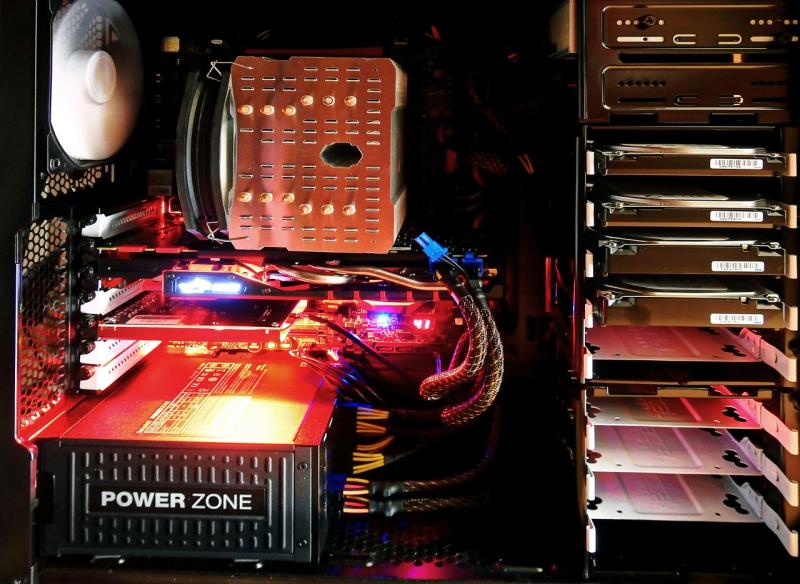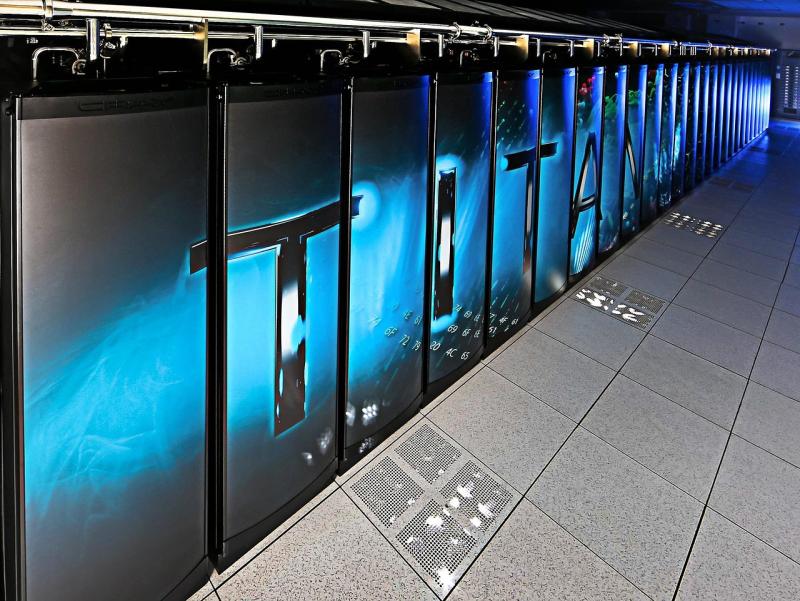**Workstation PCs: The Backbone of High-Performance Computing**
Workstation PCs are powerful computing systems designed to handle professional-grade tasks that demand more processing power, memory, and precision than standard consumer computers. Unlike general-purpose desktops, workstation PCs are built to excel in specialized fields such as 3D modeling, video editing, scientific simulations, and engineering design. Let’s dive into what makes workstations unique, explore their components and spare parts, and understand their real-world applications.
### **What Makes Workstation PCs Different?**
Workstations are built for reliability, efficiency, and performance. They are often equipped with features like error-correcting memory, advanced GPUs, and professional software certifications that ensure stability under demanding workloads. While gaming PCs prioritize speed and visuals for entertainment, workstations focus on durability, multitasking, and precision for productivity.
### **Components of Workstation PCs**
1. **Central Processing Unit (CPU):**
Workstations utilize high-performance CPUs, often with multiple cores. Intel’s Xeon processors and AMD’s Ryzen Threadrippers are popular choices. These CPUs are designed to handle heavy workloads and support multitasking, which is essential for tasks like rendering or running simulations.
2. **Graphics Processing Unit (GPU):**
Professional GPUs, such as NVIDIA’s Quadro series or AMD’s Radeon Pro lineup, are optimized for applications like CAD (Computer-Aided Design), video rendering, and machine learning. Unlike gaming GPUs, these focus on precision, stability, and enhanced compatibility with professional software.
3. **Memory (RAM):**
Workstations typically use Error-Correcting Code (ECC) RAM to ensure data accuracy, especially in fields like medical imaging or financial modeling. Configurations start at 16GB but can go up to 256GB or more, depending on the workload.
4. **Storage:**
Fast and reliable storage options are critical. NVMe SSDs are common for the operating system and primary applications, while traditional HDDs are often used for archiving large files.
5. **Motherboard:**
The motherboard is designed to support high-end components, offering multiple PCIe slots, extensive connectivity, and robust power delivery systems.
6. **Power Supply Unit (PSU):**
A workstation's PSU ensures stable power for high-performance components. It is often more reliable and efficient than those in consumer-grade PCs.
7. **Cooling Systems:**
Effective cooling is essential to prevent overheating during prolonged intensive tasks. Workstations may feature liquid cooling systems or advanced air cooling mechanisms.
### **Spare Parts and Expandability**
Workstations are known for their modularity, making it easy to upgrade or replace components. Common spare parts include:
- **Additional RAM Modules:** For increasing multitasking capabilities.
- **Extra Storage Drives:** Expandable slots for SSDs or HDDs.
- **Replacement GPUs or CPUs:** To keep up with evolving software requirements.
- **Fans and Cooling Units:** These are often replaced over time to ensure optimal performance.
This flexibility ensures that a workstation remains future-proof, adapting to changing workloads without the need for an entirely new system.
### **Use Cases of Workstation PCs**
1. **Engineering and Architecture:**
Workstations power CAD software like AutoCAD and SolidWorks, helping professionals design complex structures and components.
2. **Media and Entertainment:**
Video editors and animators rely on workstations for tasks like 4K/8K video editing, 3D rendering, and special effects using software like Adobe Premiere Pro and Blender.
3. **Scientific Research and Simulations:**
In fields like physics, biology, and climatology, workstations run simulations and analyze massive data sets.
4. **Machine Learning and AI Development:**
Data scientists use workstations equipped with powerful GPUs for training machine learning models.
5. **Healthcare and Imaging:**
Workstations process high-resolution medical images and run diagnostic software for critical applications.
---
### **Conclusion**
Workstation PCs are indispensable tools for professionals in various industries. Their unique blend of performance, reliability, and expandability makes them a vital investment for productivity. Whether you’re designing skyscrapers, editing cinematic masterpieces, or conducting cutting-edge research, a workstation PC ensures you have the power to turn your vision into reality.
View our related products
See more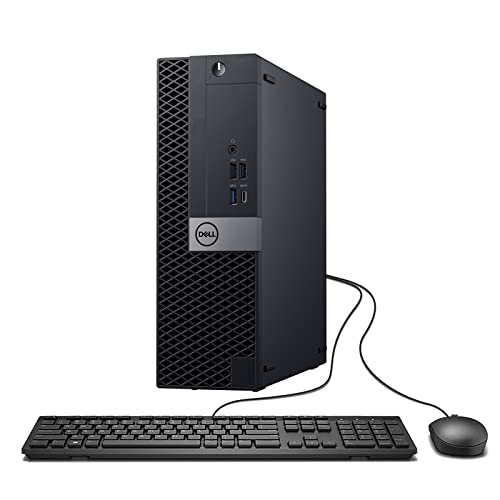
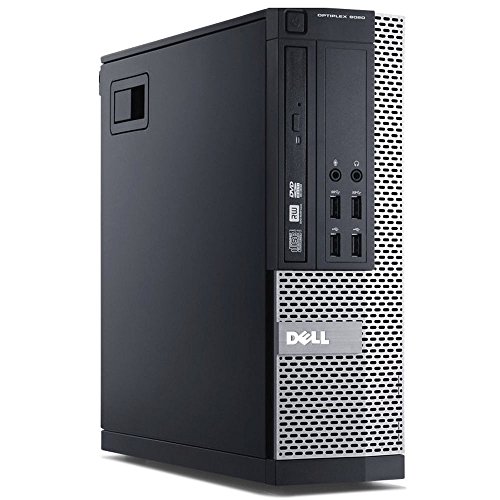
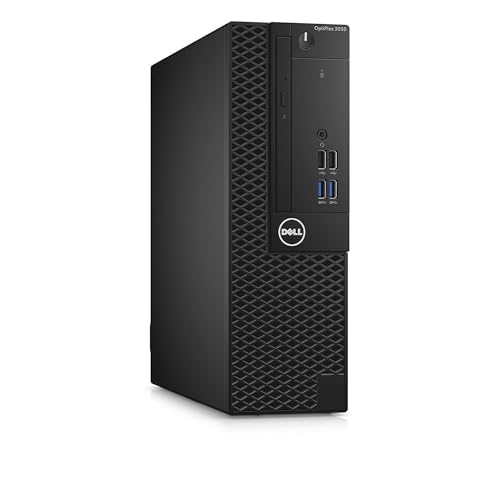
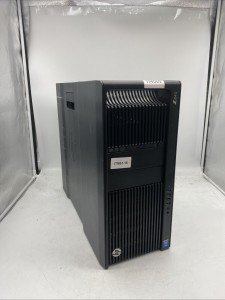
Workstation PCs The Backbone of High-Performance Computing
Workstations are built for reliability, efficiency, and performance
Related Articles
Essential High-Performance PC Components You Need Now
Upgrade your setup with the must-have parts for unbeatable gaming and productivity
Top Picks for Best High-Performance PCs
Find the perfect power machine for gaming, work, or creative projects
Your Guide to the Best High-Performance PCs
Find the Right PC for Your Gaming and Creative Needs
View our related products
See more



